News
The USDD stablecoin has fallen below its dollar peg
Despite concerns over a repeat of the Terra saga, experts say this is unlikely to be the case. Find out more about what's happening with the USDD stablecoin here.
Advertisement
While investors grow worried, experts say it’s nothing like the UST collapse. Read on to see why.
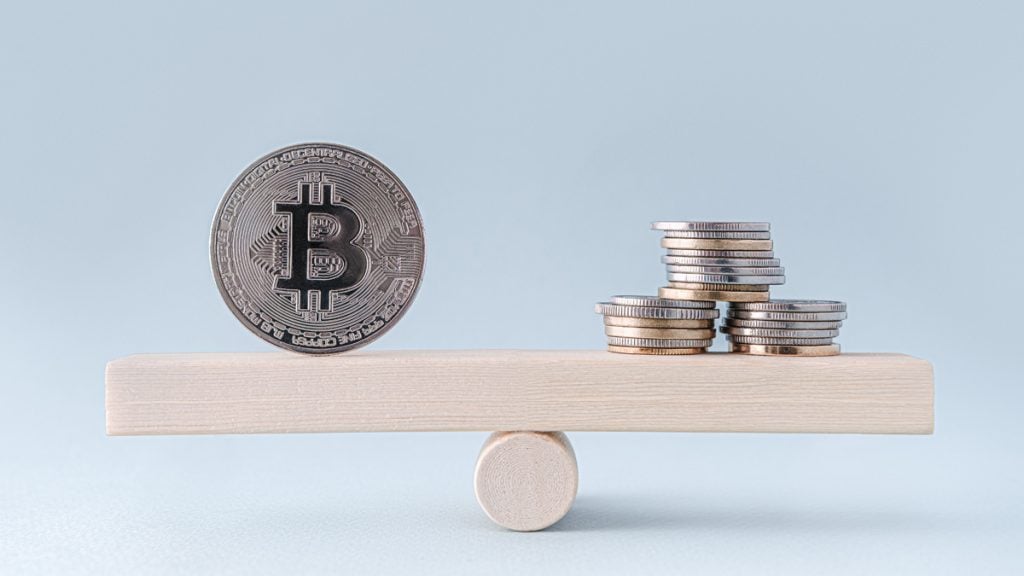
There’s yet another stablecoin – launched shortly before the TerraUSD collapse – that is currently struggling to keep its peg to the dollar. The USDD stablecoin, an algorithmic token that is meant to always have the same value as the U.S. dollar, dropped to $0.93 last Sunday. The USDD stablecoin creator has accumulated approximately $2 billion worth of bitcoin and other cryptocurrency in order to cushion the blow should investors leave en masse.
The situation has led to concerns that the USDD stablecoin may have the same fate as the TerraUSD token. The complete breakdown of Terraform Labs’ stablecoin triggered a massive sell-off in the crypto world. Undoubtedly aggravated in recent weeks due to a growing liquidity issue in the market.
Tron DAO Reserve – the company that oversees and manages the USDD stablecoin – said that the token’s current state of volatility was to be expected because of its decentralized nature. The organization tweeted that there is no way to avoid a certain percentage of volatility. They also said the current market volatility is within an acceptable limit of 3% over and/or under. However, they will continue to watch the market closely and act accordingly if needed.
By Wednesday, the USDD stablecoin was trading at $0.97. Although some investors might be worried about a TerraLuna repeat, financial experts say this is not the case. That is because not only USDD is smaller, but also because it has seen some uptake from cryptocurrency investors.
What is the USDD stablecoin?
The USDD stablecoin rolled out in early May. Coincidently, only days before the TerraUST began dropping below the $1 mark. This past week, USDD has been trading consistently below the intended dollar peg due to the crypto market’s sell-outs. The token is not backed by cash like many other assets of its sector. Instead, the USDD is part of a complex algorithm. It’s merged with a sister token called Tron in order to maintain its one-to-one peg to the U.S. dollar.
Does all that sound familiar? It’s probably because the Terraform Labs’ token operated almost exactly like that. It created and destroyed UST units and its sister coin, Luna, in order to have enough reserves to back the token. One other affinity the USDD stablecoin shares with TerraUST is that it has amassed a considerable stock of several other cryptocurrencies to boost its price if investors decide to withdraw en masse.
The use of crypto as a reserve exposes the USDD stablecoin to similar risks as TerraUST’s, according to the senior director of financial institutions at Fitch Ratings, Monsur Hussain. He says that digital coins are usually price-correlated in times of disruption. USDD also provides investors with significantly high interest rates on their deposits.
The person behind the creation of the USDD stablecoin is Justin Sun, who’s also responsible for the Tron blockchain. According to Sun, Tron’s main objective is to compete with the Ethereum blockchain. The entrepreneur, much like the founder of Terra, often uses Twitter to back his projects and provoke his critics.
You will be redirected to another website
You’ll receive messages for less than 1 week, with a maximum of 1 message per day. You can unsubscribe anytime by replying STOP. By submitting this form, I confirm that I am 18+ years old and agree to the Privacy Policy and Terms and Conditions. I also provide my signature, giving express consent to receive informational messages via automated emails, SMS, MMS text messages, and other forms of communication. Message frequency may vary as part of our good-faith effort to respond to your inquiry. Message and data rates may apply. Text STOP to cancel. I understand that my consent to receive communications is not a condition of purchase and that I may revoke my consent at any time.
Not a TerraUST repeat
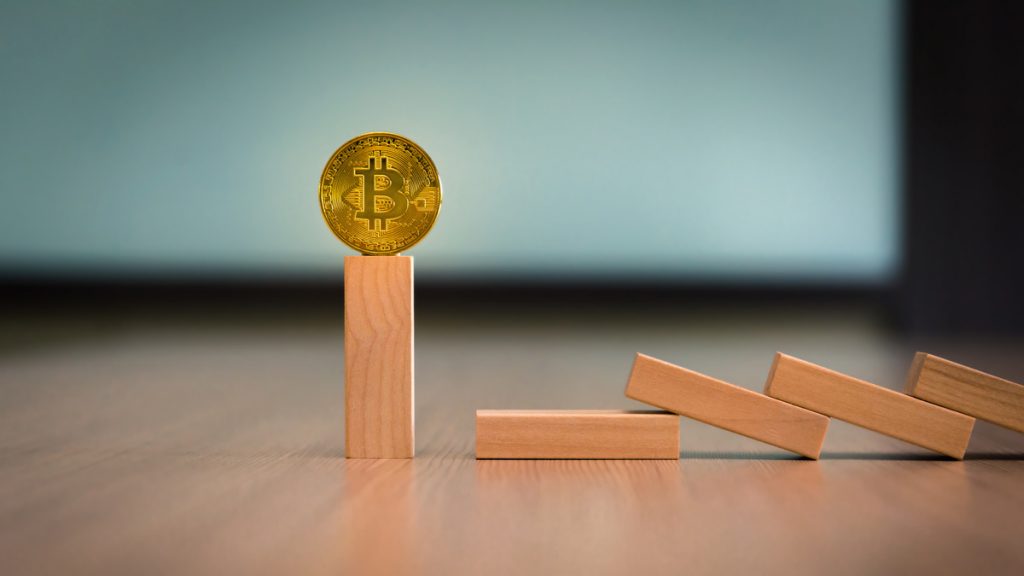
Taking a closer look, there are clear and notable differences between the USDD stablecoin and TerraUST. First, USDD is not on the same level as Terra was. At their height, the company’s UST reached a combined value of over $60 billion. Therefore, a USDD collapse would not have the same effect.
According to analysts, the USDD does not have the mass to cause the same destruction as UST did. Another reason for that is because the USDD stablecoin also isn’t as widespread as UST was before the crash. As reported by public blockchain data, only 10,000 Tron Network accounts hold the token. On Ethereum, that number drops to 100.
Therefore, if the USDD stablecoin were to crash, it would not result in the same amount of fear and contagion as when the TerraUST did. But crypto analysts say the chances of it happening right now are slim. The USDD’s goal is to overcollateralize, which means its reserves always exceed the amount of tokens.
If you’d like to invest your money but it’s not too sure about the crypto world, we can help. Follow the link below to learn more about low-risk investments and what they can do for you.
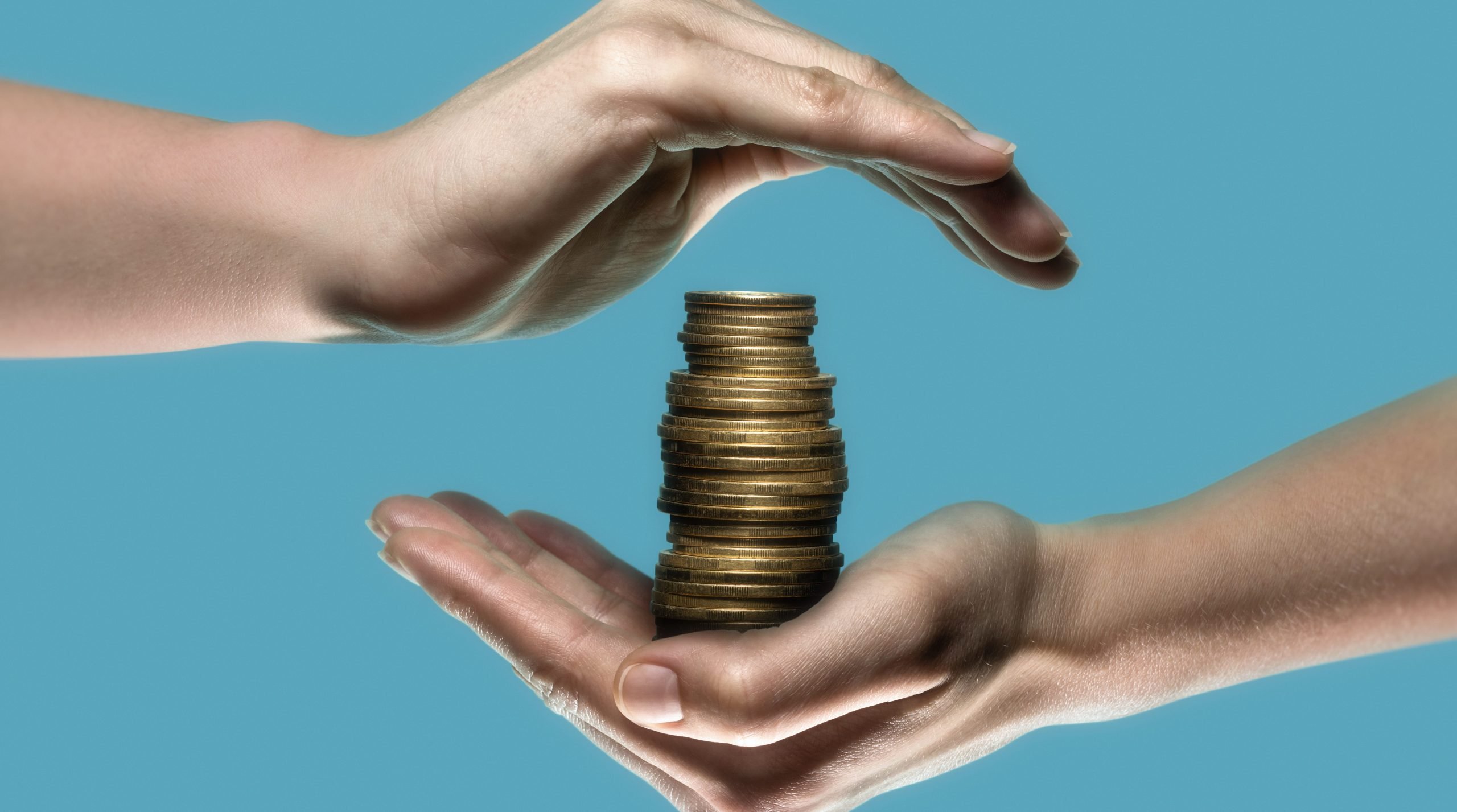
Safe investments: learn the best low-risk ones!
Learn the best low-risk investments available in the market so you can make your money work for you, even during a time of economic uncertainty.
Trending Topics

United℠ Business Card Review: Amazing Rewards
Find out how the United℠ Business Card can help you earn rewards and bonuses on your business expenses in this review!
Keep Reading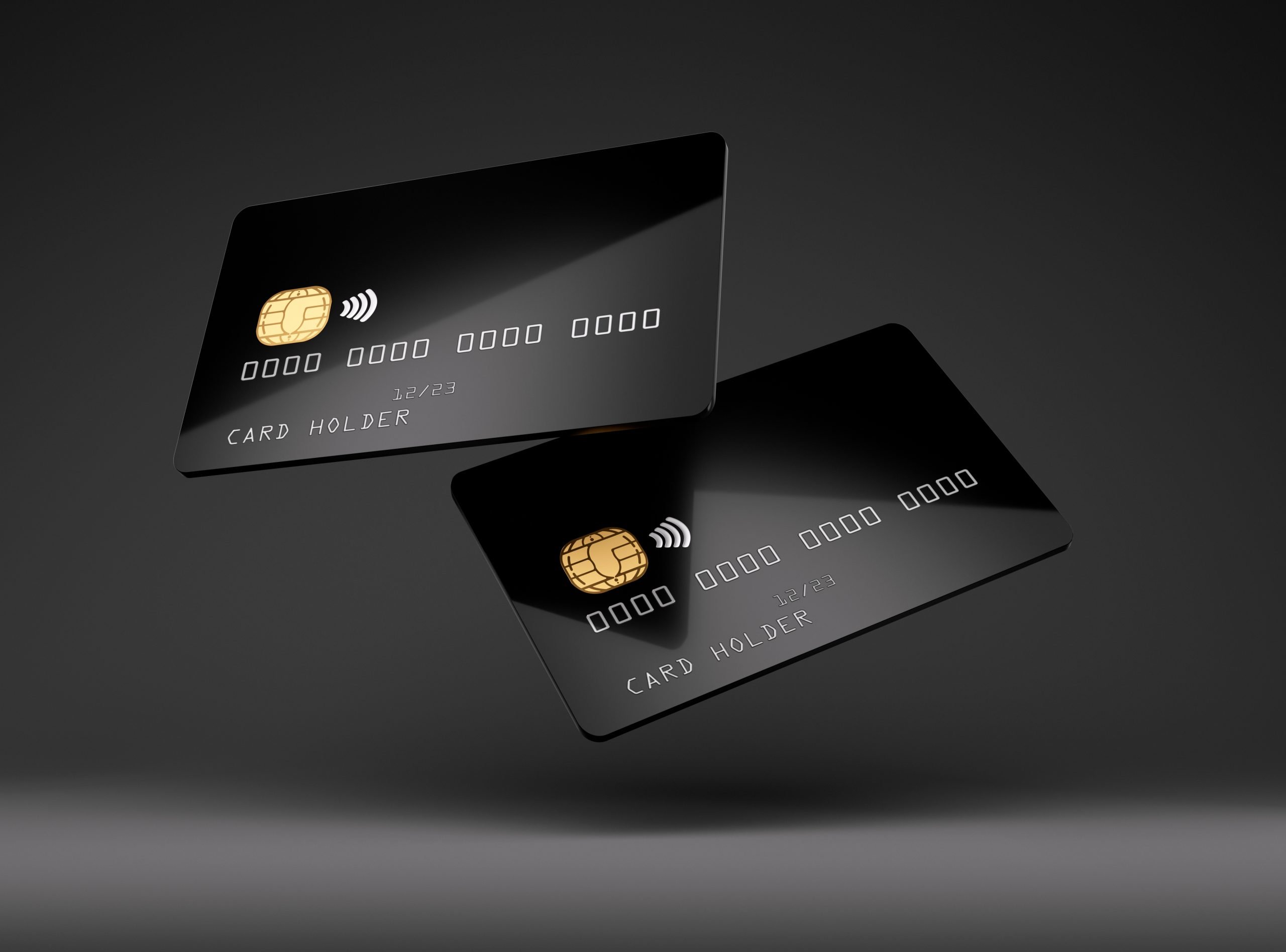
What Is an Unsecured Credit Card?
Explore the world of unsecured credit cards and learn "what is an unsecured credit card." Discover the flexibility, benefits, and drawbacks!
Keep Reading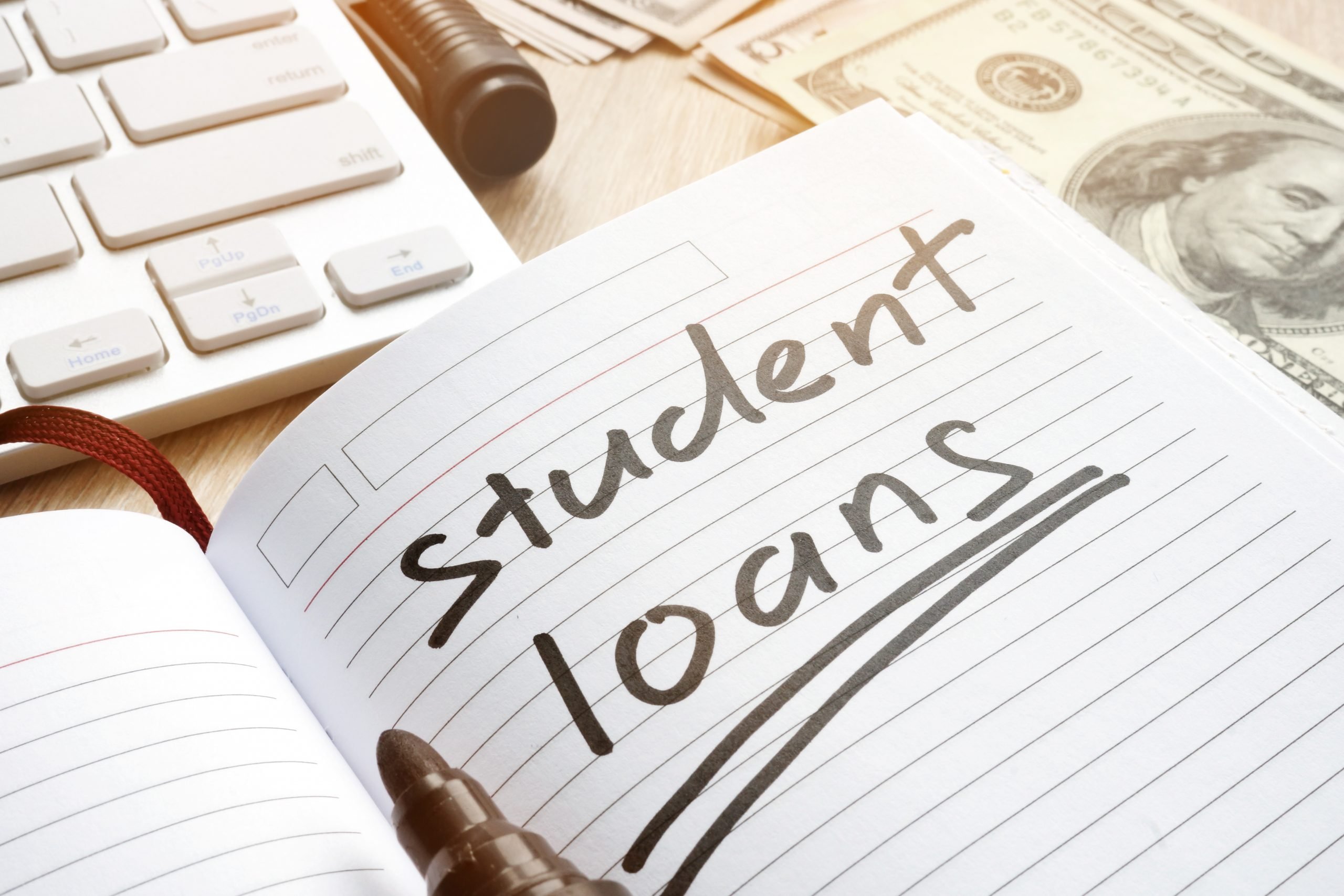
How do student loans work: everything you need to know
Do not let the cost of an American education stop you. Learn how do student loans work and how they can help you get better jobs.
Keep ReadingYou may also like
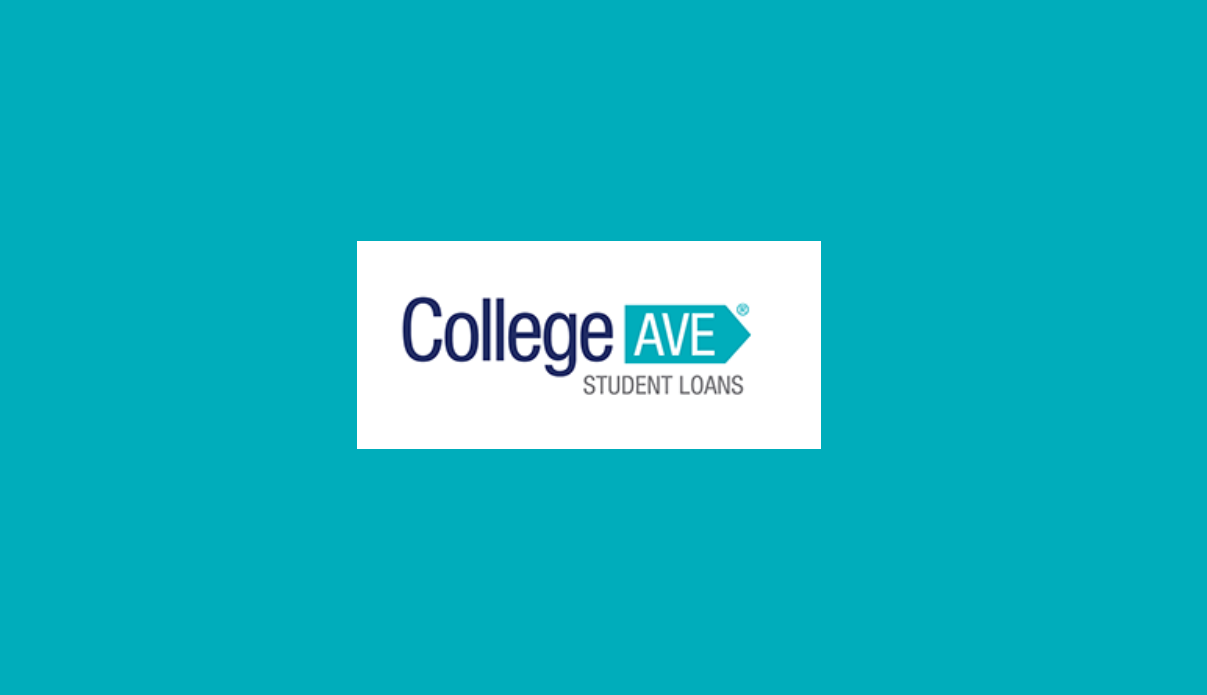
College Ave student loan review: is it worth it?
If you are looking for a perfect student loan with flexible terms and no origination fees, read our College Ave student loan review!
Keep Reading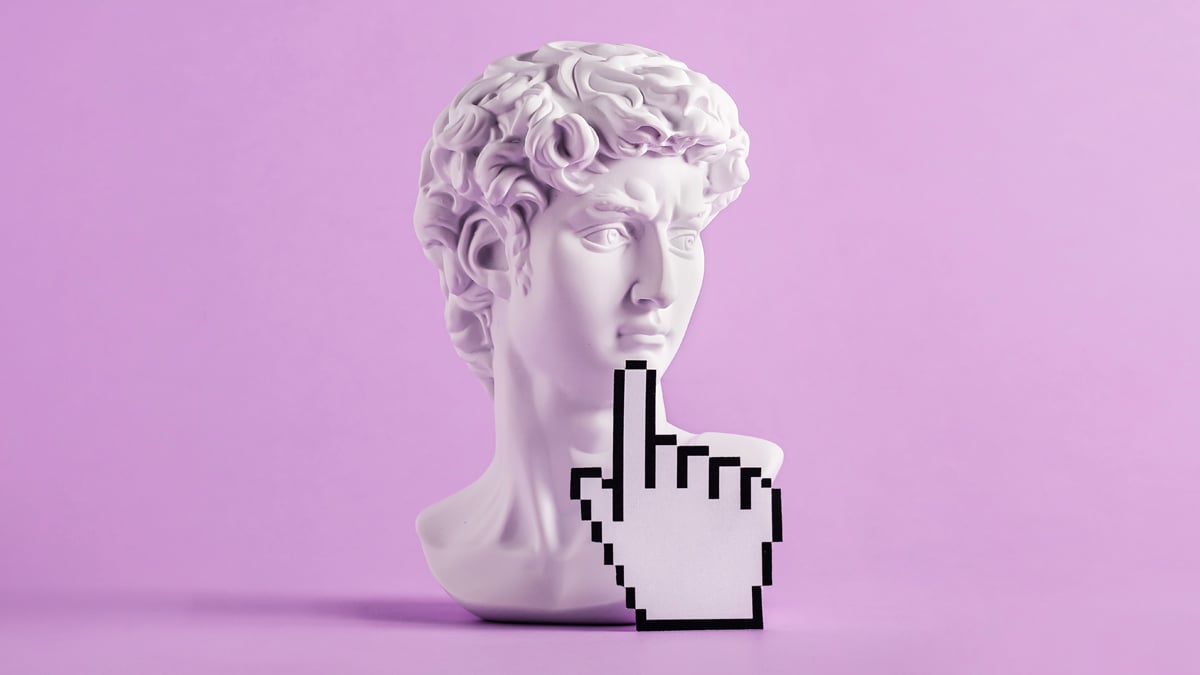
The Vatican will launch an NFT gallery
The Vatican is developing a NFT art gallery to allow people from all over the world to access thousands of art works, manuscripts and more.
Keep Reading
Applying for the Luxury Black credit card: learn how!
Want to know what it takes to get your hands on a Luxury Black card? We'll show you how easy it is to apply so you can start earning rewards!
Keep Reading